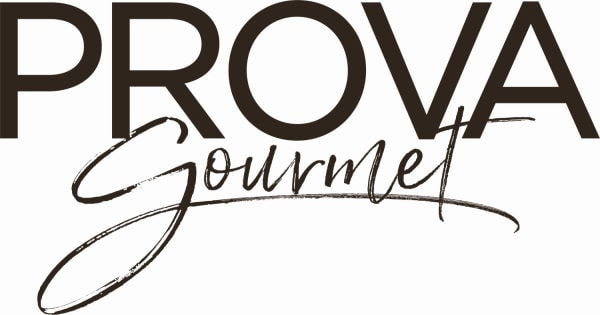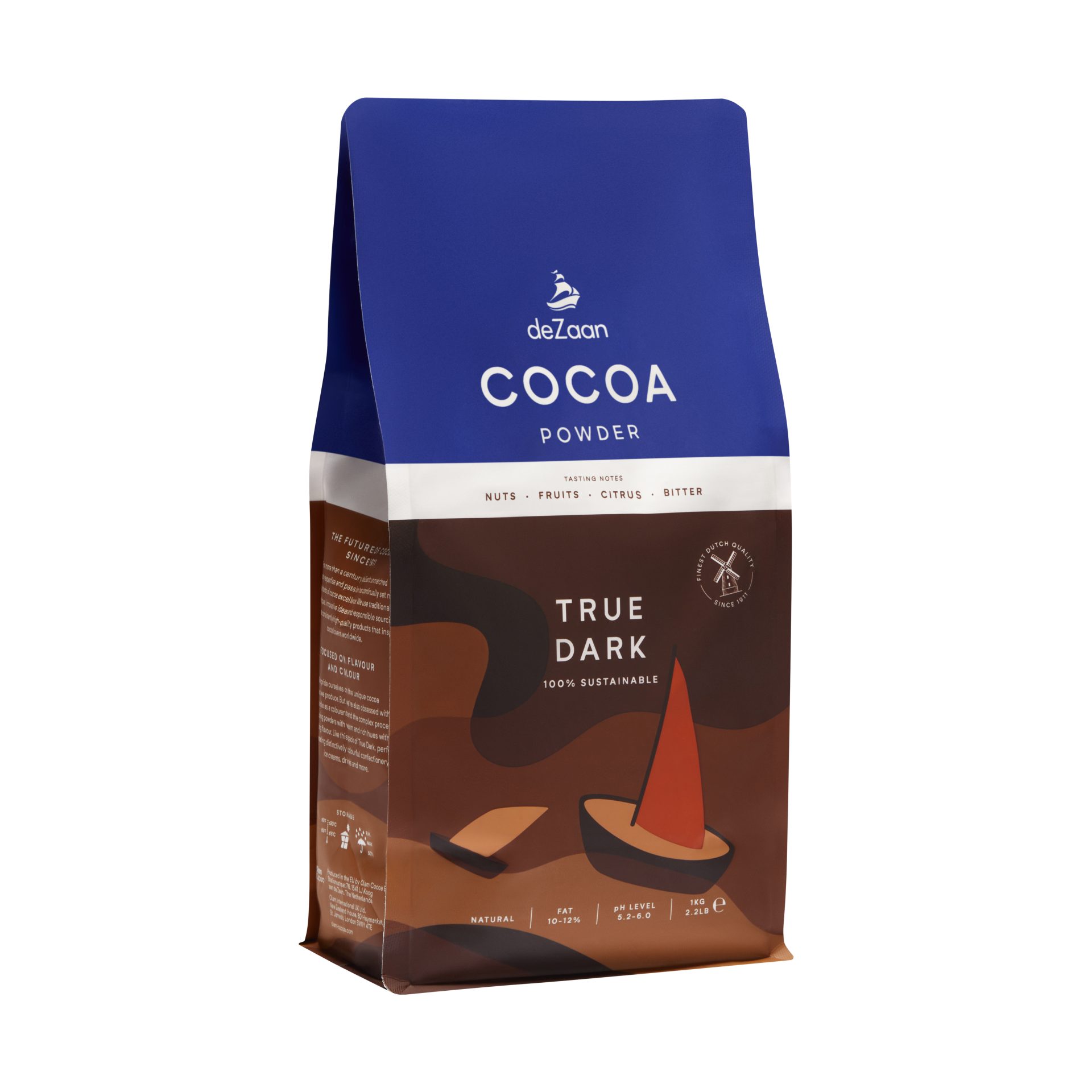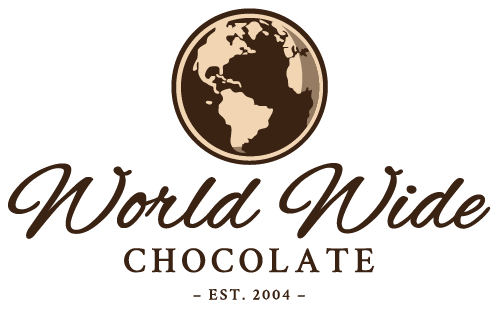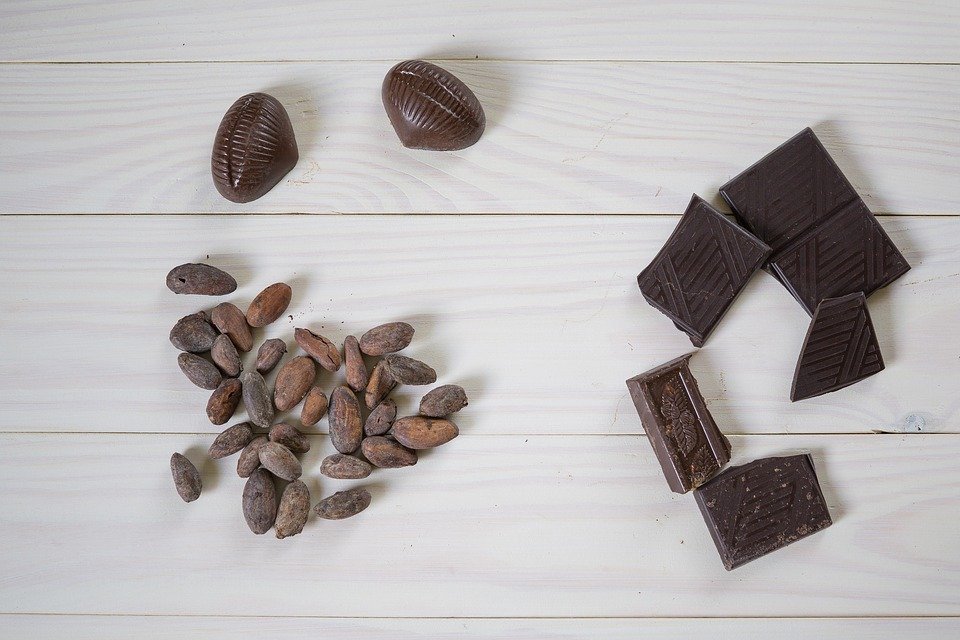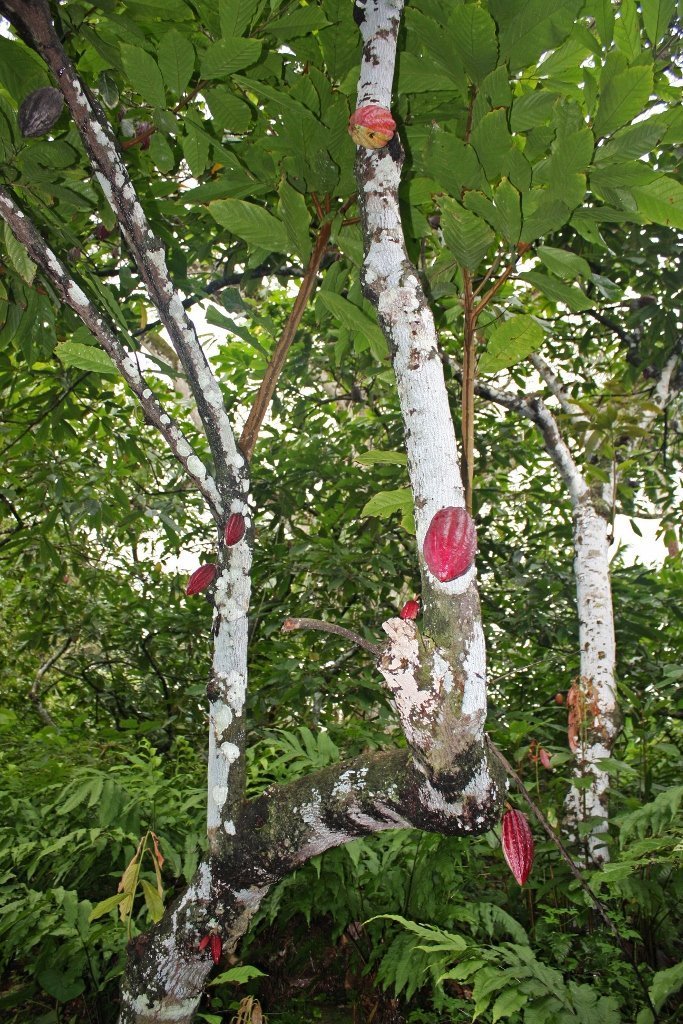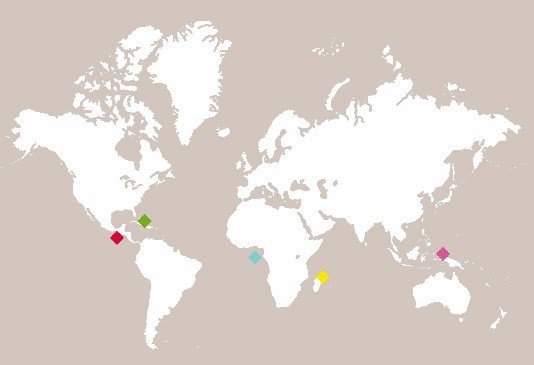Chocolate labeling can be a bit perplexing if you are new to the subject. Most manufacturers label the percentage of chocolate on the packaging, quoting ‘cocoa’ or ‘cacao.’ This is in relation to the combined percentage of both cocoa butter and cocoa solids, not just the percentage of cocoa solids.
Fair Trade
In the early 2000s, some manufacturers began engaging in the fair trade label/initiative which addresses the concern about laborers in developing countries. Traditionally many African regions producing cocoa receives a low price for their exported commodity, which causes poverty to transgress. Companies using the Fair Trade label must fit the programs criteria, in that they seek a direct trade route to counteract mass producers unfair system. The criteria entails a fair price such that farmers have enough income for food, clothes, and schooling fees. This is a questionable area however, as articles have resulted stating workers on fair trade farms have lesser living conditions than some farmers under non-fair trade agreements.
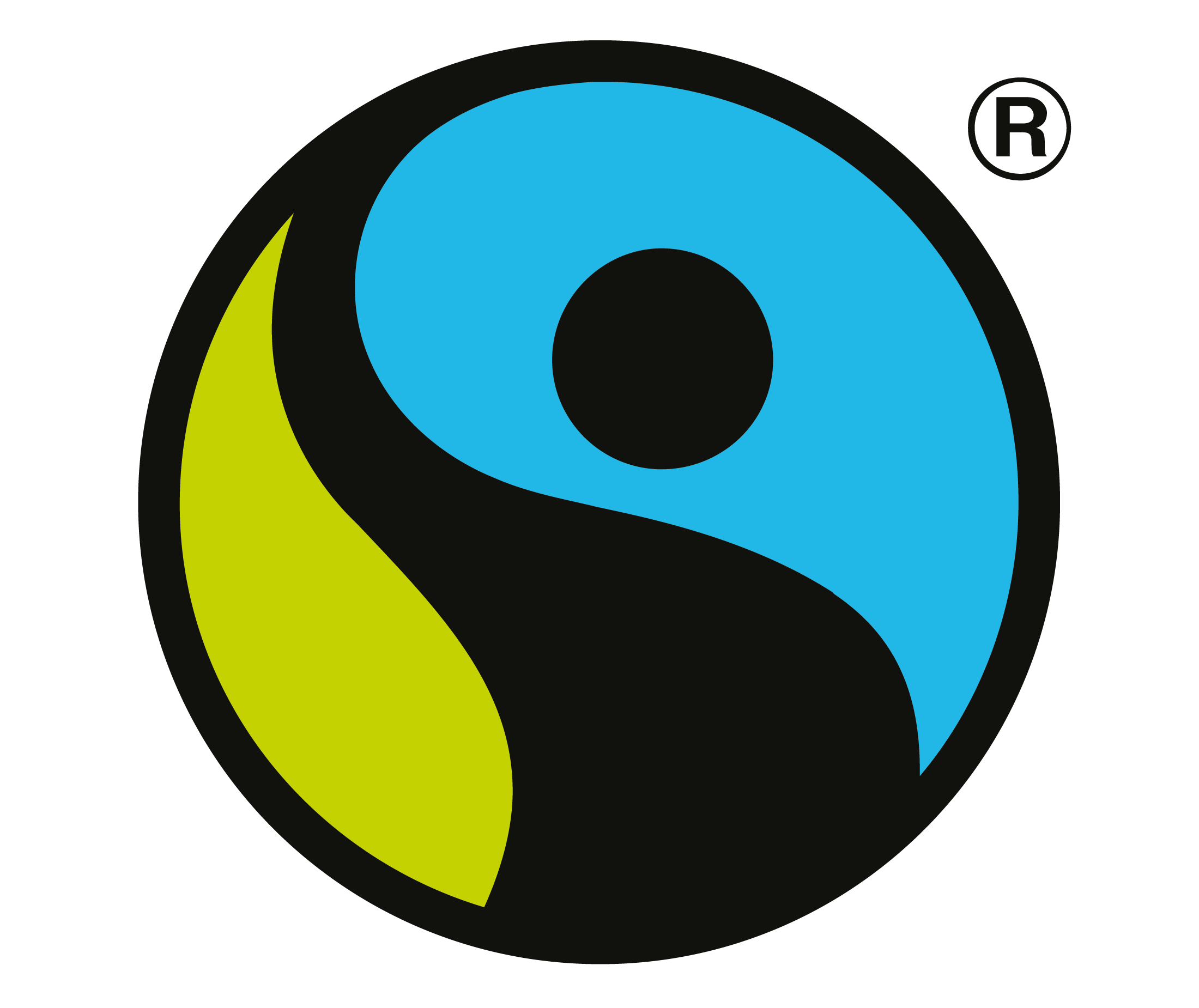
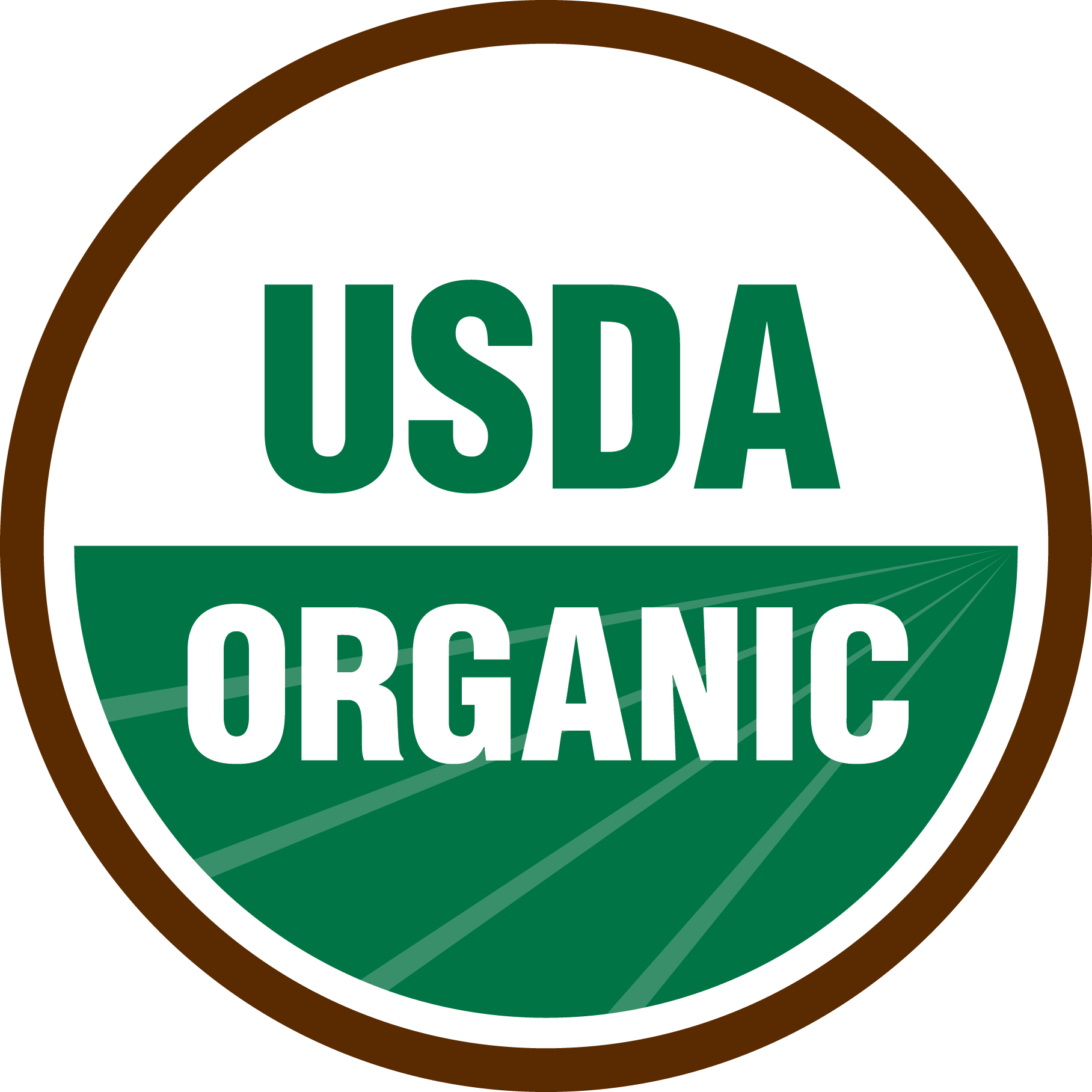
Organic
Organic food, or chocolate in particular, follows a system of guidelines to retain its organic status. Standards may vary slightly worldwide, although the hierarchy categorization entails cycle resources, promoting ecological balance, and converse biodiversity. There are also restrictions on certain pesticides and fertilizers in the farming methods.
Non-GMO
Non-GMO ingredients is also a common label seen nowadays. A GMO is a genetically modified organism, which has genetic makeup modified or engineered in a lab, resulting in organisms which do not occur naturally in nature. The Non-GMO project was created in 2007 who had been previously providing their customers with information about GMOs. Non an established organization for over ten years, their signature butterfly logo indicates products which do not incorporate any GMO ingredients.
Bean to Bar
Bean-to-Bar chocolatiers are also on the rise in the craft-chocolate realm. These manufacturers process cocoa beans in house and entail the entire chocolate-making process, as opposed to non-bean-to-bar companies which merely melt chocolate from another manufacturer. Some companies are bean-to-bar for the entire process for economic reasons, while others aim to control the entire process, often resulting in a higher-quality chocolate, improved working conditions through working direct with farmers, or environmental impacts.
Tree to Bar
Tree-to-bar chocolate is similar to bean-to-bar, but the manufacturers actually grow on theobroma trees they own, and control the entire chocolate-making process along the way.
Single Origin
Single Origin, Mono Origin chocolates are just that – they incorporate cocoa from a single growing region, and product chocolate with beans from strictly that growing region. These chocolates focus on the secondary after tones, which result from other crops growing in the area. If you have cocoa pods growing in a region which grows coffee beans nearby, and properly make chocolate with these beans, you will be able to subtlety note the coffee-tones during consumption. Other common notes are berries, fruits, licorice, and all focus on the origins’ natural flavor profile.
References
World Cocoa Foundation. (2012). Cocoa Market Update.
Agricultural Marketing Service, US Department of Agriculture. (2018). National Organic Program.
NON-GMO Project. (2019). What is a GMO?
NPR.org. (2013). Bean-To-Bar Chocolate Makers Dare To Bare How It’s Done.
